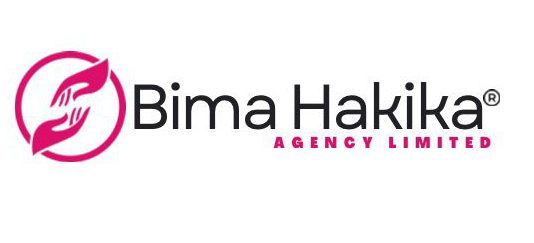How much coverage do I need for my life insurance?
Most times having choices is good, however determining the right choice especially when dealing with Life Insurance is tricky.
The number one concern for all life insurance shoppers is, “What type of insurance should I buy?”
For most individual buyers who have experience with insurance the question always narrows down to two options; whether to buy a Term Insurance Policy or Whole Life Insurance Policy.
Knowing the difference between these two policy types will help you weed out what is an obvious No and the definite Yes to find the best matches for your insurance needs.
Most of the best insurance companies in Kenya offer one or two of these two types of life insurance.
So what is Term Life Insurance?
Term life insurance is a policy that lasts for a set period – called the term. Once the time is up, ideally when you no longer need financial protection, the policy expires, pays off the benefits and you stop paying for it. It’s the most popular policy time in the Kenyan insurance market.
Mostly because, many shoppers who choose term life insurance typically intend to cover more immediate needs of between 5 – 30 years down the line, as opposed to 50 years from today.
Term Life Insurance is best for;
- Parents who want to protect their income until their children grow up and become independent adults.
- Homeowners who want to ensure their partner will be able to pay off the mortgage and other financial obligations if they are no longer there.
Many people will usually outlive their term life policies because most companies in Kenya offer only up to 25-year policy terms, which is what all insurers want to see.
Term life is simple, straightforward, and inexpensive life insurance. It covers you only when you need it most, and you get to choose how long the policy will be in effect.
Most common types of Term Life Insurance Pricing.
Level term Policy; You get the same coverage for the same price throughout the length of your policy term. Your premiums will never increase, and your anticipated benefits will never decrease.
Most popular among many insurers and is best for buyers who want the same costs and benefits overtime.
Non-level Term Policy; The policy changes steadily over time in one of two ways. Either premiums will go up, or your payout will decrease over time. One example is Mortgage insurance that has decreasing coverage needs. However, the price usually remains about the same.
For mortgage the lender is paid the remainder of the mortgage, which decreases as one makes monthly loan payments.
What about Whole Life Insurance? What is it?
As opposed to term life, As the name implies, a permanent life insurance policy covers you for, well, life.
Whole life insurance lasts through your entire life if you continue to pay your premiums.
It pays out death benefits to your dependents, but sometimes it has a compulsory-savings component called the cash value that can grow over time. One decides how much of the premium goes toward funding the death benefit and how much goes into a cash value account.
Whole Life is particularly useful as part of a highly customized personal finance and estate planning strategy and serves as an inheritance in most cases or for business continuity in cases of business partnership.
It’s often relatively expensive; it may cost 3 times more than a term life insurance.
Whole Life Insurance is best for;
- Inheritance since it builds a cash value. Particularly for a policy that builds early high cash value.
- Tax-free savings or investment opportunity that grows as you pay your premiums.
Another common Life Insurance is Group life policies which work best as a supplement to existing personal life insurance that you are in control, rather than as a standalone policy.
Important to note:
All insurers factor in the type of policy you have chosen and your age. Depending on the underwriting process they use, they may also consider your health, family medical history, habits, and more. These factors most affect the rate you will pay for your life insurance.
Pre-existing health conditions and medical examination can cause delays in the application process or result in denial of cover.
*Life insurance rates are based on age, health, policy type, and more. Actual rates may vary.
The most important thing to BH.is helping our clients find the best life insurance, based specifically on meeting their needs and goals.
So if you are a parent out there, consider life insurance for kids as a fantastic way to save for their future and educate them about money.
Important to note: You can’t legally name a minor as the beneficiary of a life insurance policy. If you want to leave money for your underage children, you will need to set up a trust and choose a trusted adult to control those funds until your children grow up.
Engage with us.
This article is written by our Principal Officer Winnie M., who has vast insurance knowledge spanning over 10+ years in the industry. You can write to her and/or share feedback via this email bimahakika@gmail.com





